Why Fire-Prone Communities Need Community Microgrids Now
This blog post explains the crucial need for Community Microgrids in fire-prone regions.
Read More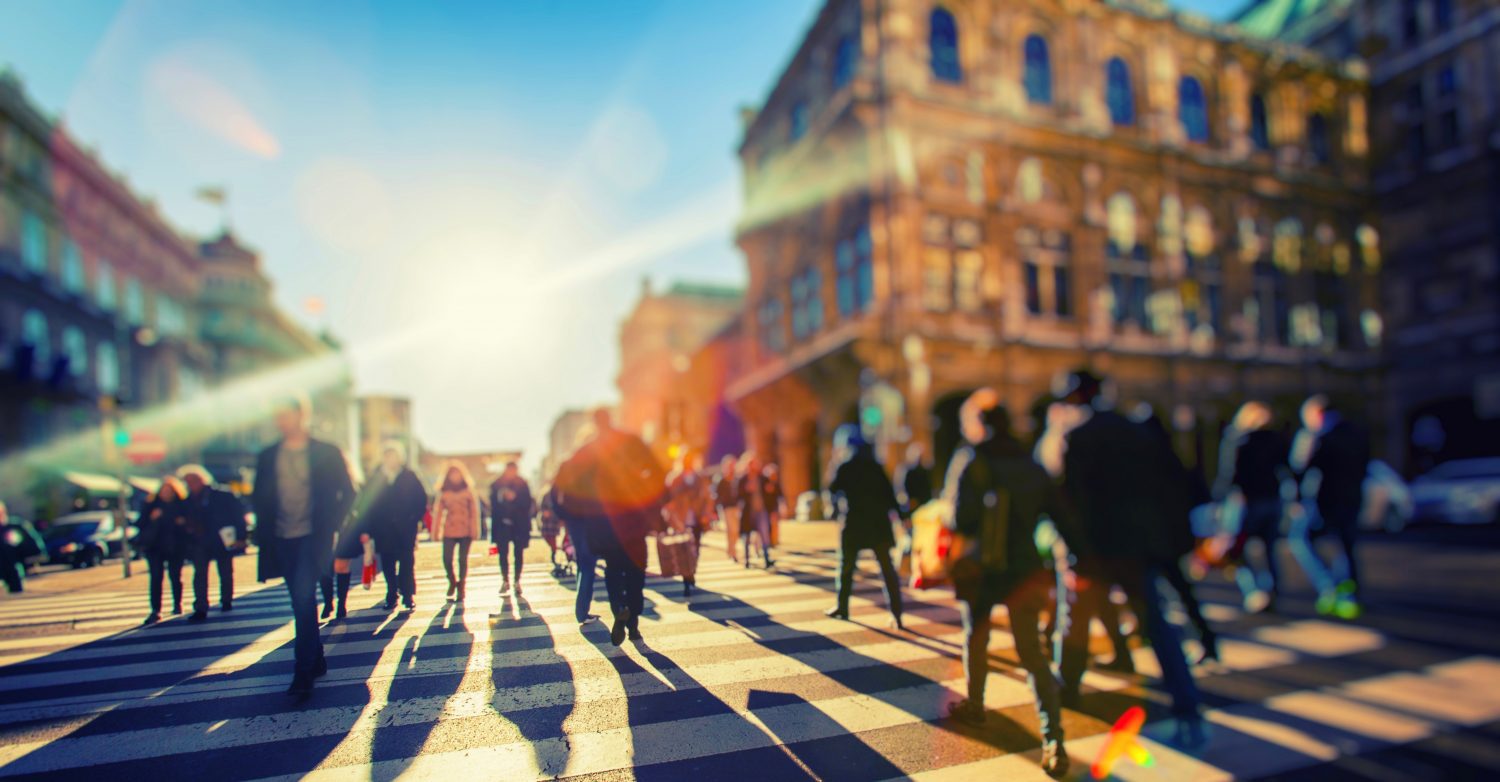
Cities and towns around the world are deploying high percentages of clean local energy
From 2025 onward, at least 25% of all electricity generated from newly added generation capacity in the United States will be from local renewable energy sources.
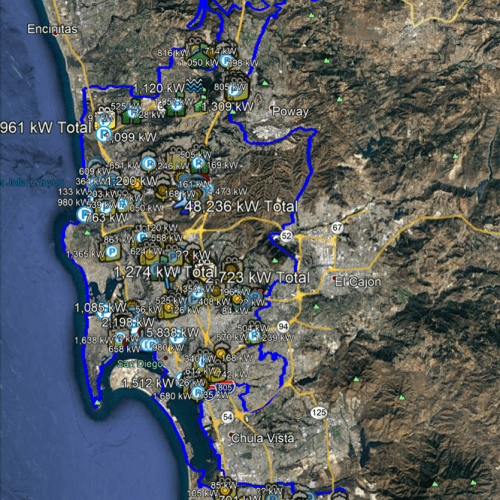
The Clean Coalition’s Solar Siting Surveys show significant solar siting potential on built environments in cities, even in densely populated areas.
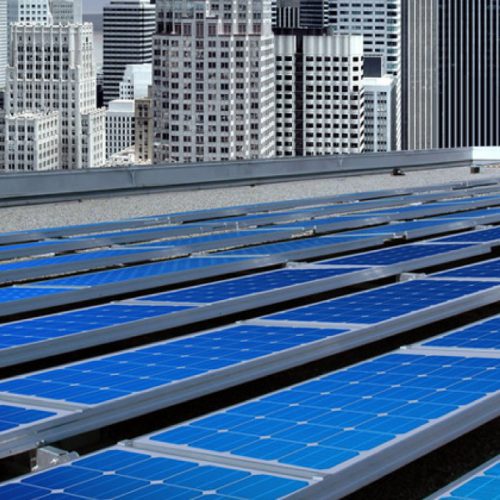
2017 electricity generation from renewables in the U.S.

We’re getting closer to 25% for newly added local generation capacity: the total went from 13% in 2016 to 16% in 2017.
25% or more is already here in some locations — especially cities:
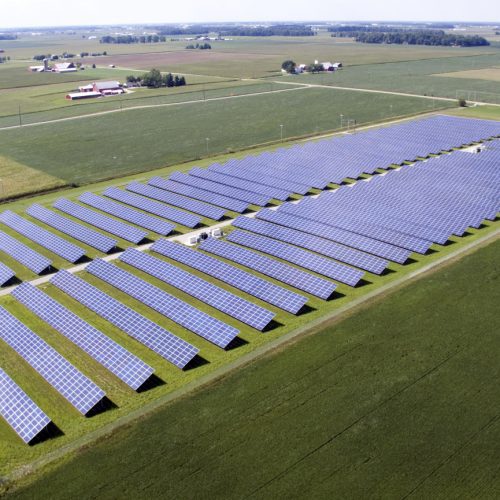

Honorable Mention renewable cities:
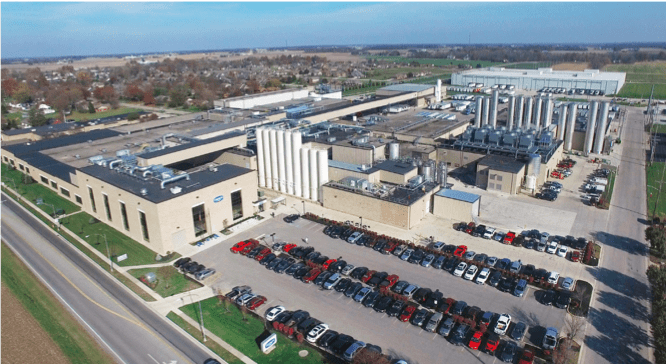 Minster, Ohio
Minster, OhioDescription
Key activities (April 2016 to Q1 2019)
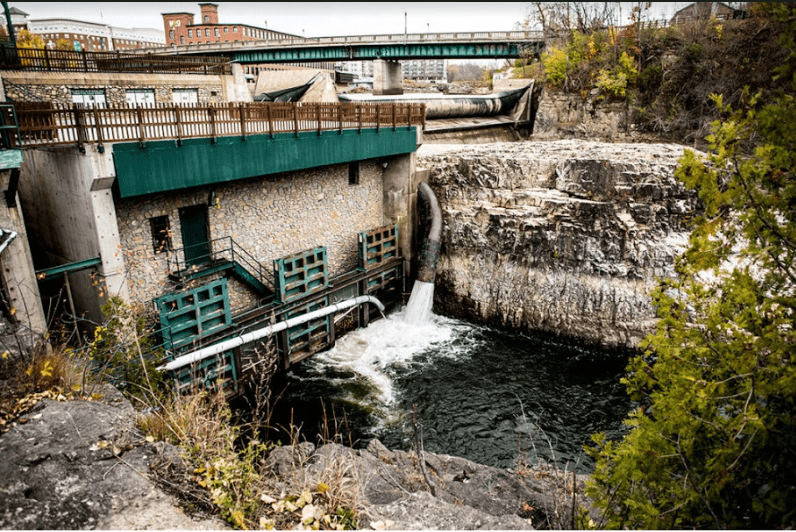 Burlington, Vermont
Burlington, VermontDescription
Key activities (2008 to 2018)
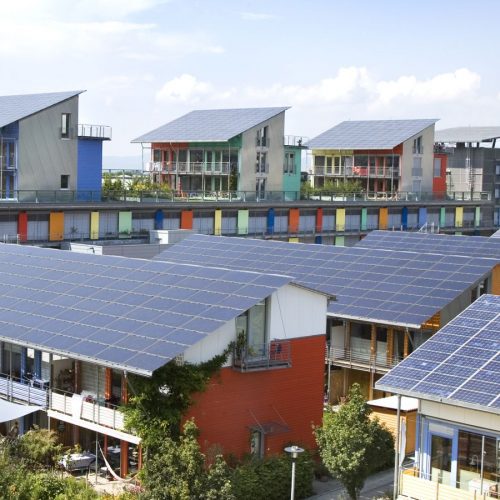
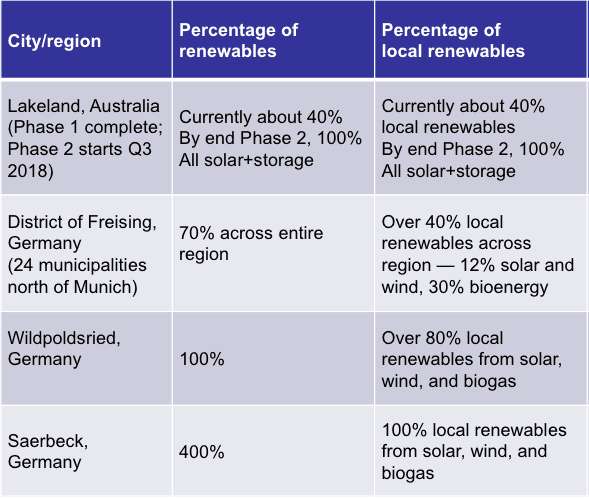
Honorable Mention renewable cities:
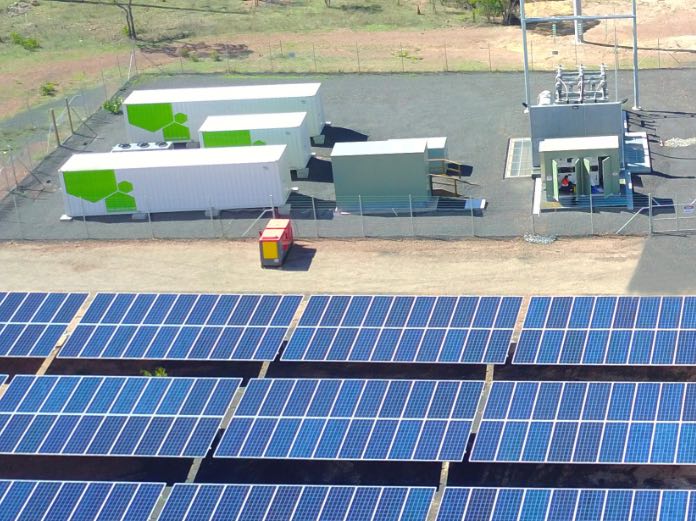 Description
Description
Key activities (2016 to 2019)
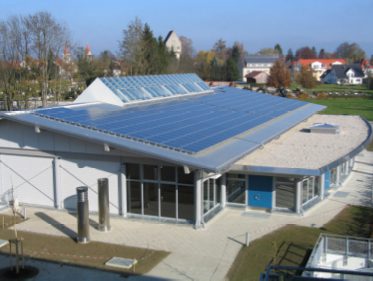 Freising District, Germany
Freising District, GermanyDescription
Key activities (2008 to 2018)
 Wildpoldsried, Germany
Wildpoldsried, GermanyDescription
Key activities (1997 to 2018)

Description
Key activities (2009 to 2019)
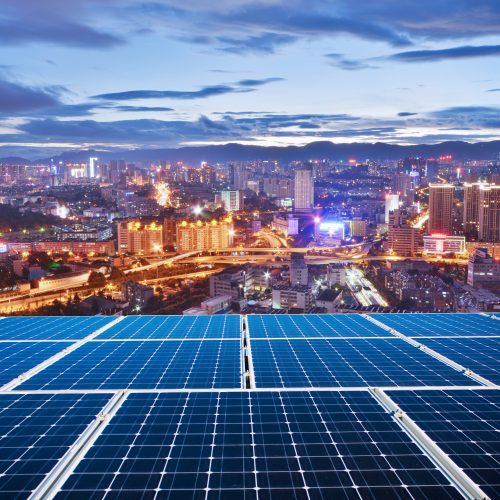
Keys to success
Special thanks for the research for these case studies to Mort Cohen, Principal, RevGen Consulting Group.
The latest in clean local energy
Learn about our innovative projects and initiatives on our blog, and see what others are reporting about our important work.
This blog post explains the crucial need for Community Microgrids in fire-prone regions.
Read MoreRedwood Energy reports on Clean Coalition’s expert commentary, warning that AB 942 threatens rooftop solar affordability and undermines the clean‑energy transition
Read articleThis Clean Coalition hosted webinar took place on 27 June 2025 at 10:00 AM PST.
Read More